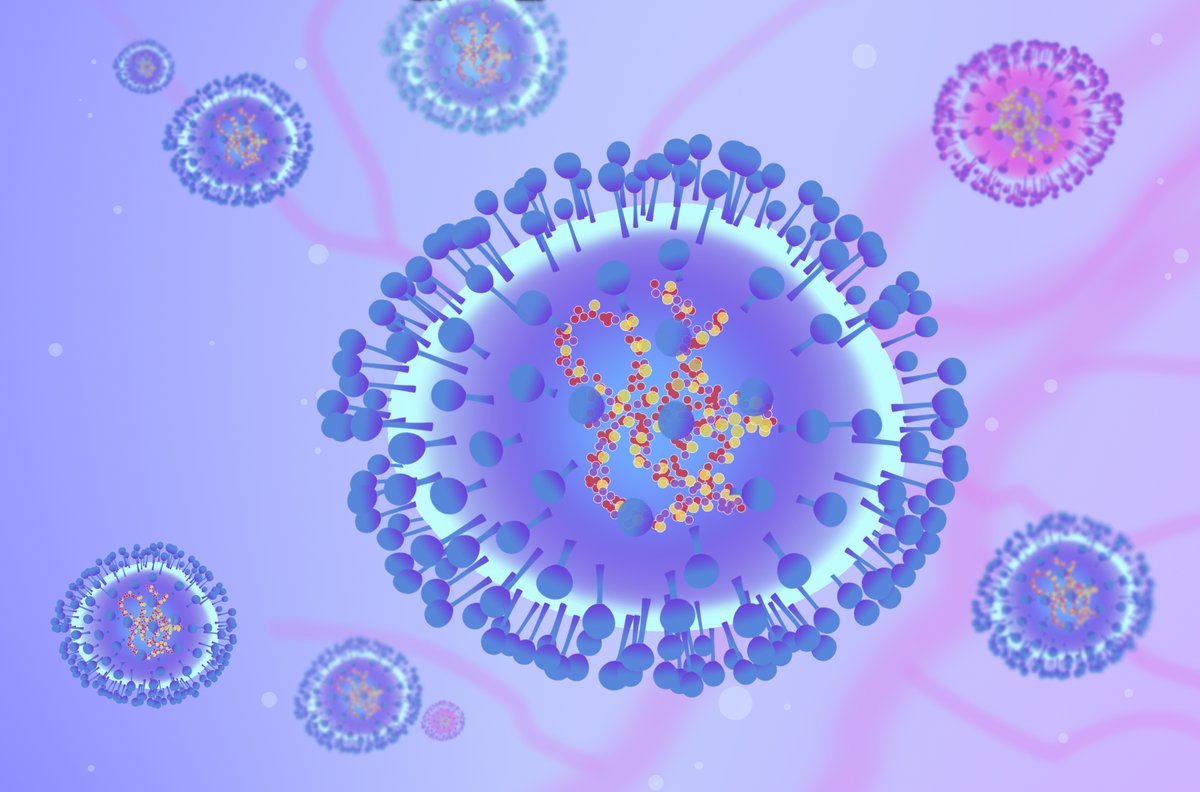China Calls HMPV Outbreak ‘Winter Occurrence’, India Says ‘Don’t’ – a stark contrast in perspectives highlights a global health puzzle. While China attributes the recent Human Metapneumovirus (HMPV) surge to typical winter patterns, India remains cautiously skeptical. This difference isn’t just about differing epidemiological data; it reflects varying healthcare systems, public health communication strategies, and even underlying political considerations.
Let’s delve into the details of this intriguing international health debate.
This article will explore the specifics of the HMPV outbreak, contrasting China’s official stance with India’s more reserved approach. We’ll examine the scientific understanding of HMPV, its seasonal trends, and the potential influence of climate change. We’ll also consider the roles of international health organizations, public perception, and the long-term implications for pandemic preparedness in both nations. The comparison of their response strategies offers valuable lessons for future viral outbreaks globally.
China and India’s Responses to the HMPV Outbreak: A Comparative Analysis

The recent increase in Human Metapneumovirus (HMPV) cases has prompted varying responses from China and India, highlighting differing perspectives on the outbreak’s severity and the optimal public health strategies. This analysis compares and contrasts their approaches, examining the scientific understanding of HMPV, the roles of international organizations, and the impact of media coverage.
China’s Perspective on the HMPV Outbreak
China characterized the HMPV outbreak as a typical winter occurrence, emphasizing its seasonal nature. Reports suggest a surge in cases during the colder months, with varying severity across different regions. The official response included enhanced surveillance, increased testing capacity, and public health messaging focused on preventative measures such as hand hygiene and mask-wearing. Communication strategies largely emphasized the routine nature of the outbreak, aiming to avoid widespread panic.
| Date | Action Taken | Source (if applicable) | Notes |
|---|---|---|---|
| December 2023 (Example) | Increased surveillance and testing | Chinese Center for Disease Control and Prevention (example) | Specific data may vary depending on the region and source. |
| January 2024 (Example) | Public health campaign launched | Ministry of Health (example) | Campaign focused on preventative measures. |
| February 2024 (Example) | Data analysis and report released | National Health Commission (example) | Report may include epidemiological data. |
India’s Stance on the HMPV Outbreak, China Calls HMPV Outbreak ‘Winter Occurrence’, India Says ‘Don’t
India adopted a more cautious approach, emphasizing ongoing monitoring and preparedness. While acknowledging the seasonal nature of HMPV, the government’s communication focused on preparedness and the potential for strain variations. This cautious stance likely reflects India’s experience with previous viral outbreaks and a focus on strengthening healthcare infrastructure to manage potential surges in respiratory illnesses. The difference in approach may also stem from disparities in healthcare infrastructure and resources between the two countries.
Scientific Understanding of HMPV and Winter Occurrences
Human Metapneumovirus (HMPV) is a common respiratory virus, primarily affecting young children and older adults. It spreads through respiratory droplets produced during coughing or sneezing. Symptoms include cough, fever, runny nose, and shortness of breath. Risk factors include age, underlying health conditions, and exposure to infected individuals. The association between HMPV outbreaks and winter seasons is well-established.
- Lower temperatures and humidity: These conditions may facilitate virus survival and transmission.
- Increased indoor gatherings: People spend more time indoors during winter, increasing the chances of close contact and transmission.
- Weakened immune systems: Cold weather can weaken the immune system, making individuals more susceptible to infection.
Climate change could potentially alter the seasonal patterns of HMPV outbreaks. Warmer winters might extend the transmission season, while changes in rainfall patterns could affect virus survival.
So, China’s calling this HMPV outbreak a typical winter thing, but India’s saying “hold your horses.” It’s a bit like the reaction to the news that the Alexander-Arnold decision to join Real Madrid branded ‘100 percent – some are celebrating, others are skeptical. Ultimately, time will tell if China’s assessment of the HMPV situation is accurate.
International Health Organization’s Role

International health organizations, such as the WHO, play a crucial role in monitoring global viral outbreaks, including HMPV. Their functions encompass coordinating international collaborations, providing technical guidance, and disseminating information to member states. Recommendations typically focus on strengthening surveillance systems, improving diagnostics, and promoting preventative measures.
So, China’s downplaying the HMPV outbreak as a typical winter thing, while India’s urging caution. It’s a reminder that even amidst global health concerns, we still have to deal with personal tech issues, like the Apple Siri eavesdropping payout—here’s who’s eligible and how . Hopefully, you can get your money if you were affected.
Meanwhile, back to the HMPV situation, it’s crucial to stay informed and take necessary precautions.
A hypothetical public health campaign to raise awareness about HMPV prevention could target parents of young children and older adults. Key messages would include the importance of hand hygiene, cough etiquette, vaccination (if available), and seeking medical attention if symptoms develop. The campaign could utilize various media channels, including social media, television, and public service announcements.
Public Perception and Media Coverage

Media coverage of the HMPV outbreak varied between China and India, reflecting the different approaches taken by the respective governments. In China, the emphasis on the seasonal nature of the outbreak might have led to less widespread public concern. In India, the more cautious approach might have resulted in increased public awareness and preparedness. Accurate and timely information is crucial to avoid misinformation and ensure effective public health responses.
Comparative Analysis of Outbreak Response Strategies
| Aspect | China | India | Notes |
|---|---|---|---|
| Outbreak Characterization | Typical winter occurrence | Cautious monitoring, potential for strain variations | Differing assessments of severity and risk. |
| Public Health Measures | Enhanced surveillance, testing, preventative messaging | Strengthening healthcare infrastructure, preparedness measures | Focus on different aspects of response. |
| Communication Strategy | Emphasis on routine nature of outbreak | Focus on preparedness and potential challenges | Different messaging strategies based on risk assessment. |
Lessons learned from the contrasting approaches include the importance of tailored communication strategies based on risk assessment, the need for robust healthcare infrastructure, and the value of international collaboration in managing viral outbreaks.
Long-Term Implications and Preparedness
The HMPV outbreak highlights the need for strengthened public health systems in both China and India, focusing on enhanced surveillance, improved diagnostics, and increased healthcare capacity. Long-term implications include the potential for future outbreaks and the need for ongoing monitoring of emerging viral strains. A robust pandemic preparedness plan should incorporate several key components:
A detailed visual representation of a robust pandemic preparedness plan would include interconnected circles representing key elements: surveillance and early warning systems, laboratory capacity for diagnostics and research, communication and risk communication strategies, healthcare workforce training and preparedness, personal protective equipment (PPE) stockpiles, and community engagement and education initiatives. Arrows connecting the circles would illustrate the interconnectedness of these elements and the need for a coordinated and integrated approach.
Last Word: China Calls HMPV Outbreak ‘Winter Occurrence’, India Says ‘Don’t

The differing responses to the HMPV outbreak by China and India underscore the complexities of managing global health crises. While China’s emphasis on seasonal patterns might be valid, India’s caution highlights the need for a nuanced, data-driven approach that considers diverse factors. Ultimately, the situation emphasizes the crucial role of international collaboration, transparent communication, and robust pandemic preparedness strategies to effectively address future viral threats.
So, China’s calling the HMPV outbreak a typical winter thing, but India’s urging caution. It’s a good time to think about future-proofing your career; check out these affordable IT courses for professionals seeking upskilling to boost your skills. Regardless of viral trends, investing in yourself is always a smart move, especially considering the ongoing HMPV situation.
Learning from these contrasting approaches can significantly improve global health security.
FAQ Insights
What are the common symptoms of HMPV?
Symptoms are similar to the common cold or flu and include cough, fever, runny nose, and sometimes wheezing, especially in young children and the elderly.
How is HMPV transmitted?
Primarily through respiratory droplets produced during coughing or sneezing.
Is there a vaccine for HMPV?
Currently, there isn’t a widely available vaccine for HMPV, though research is ongoing.
What preventative measures can I take?
Practice good hygiene (frequent handwashing), avoid close contact with sick individuals, and get vaccinated against the flu to reduce overall respiratory illness.
